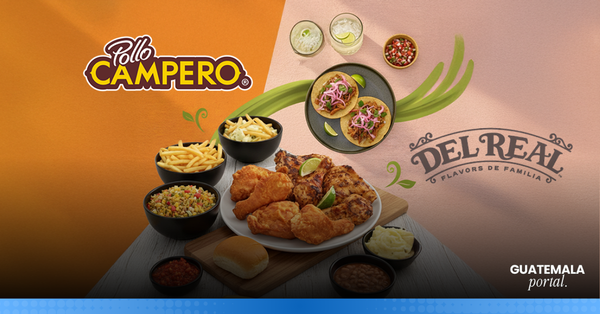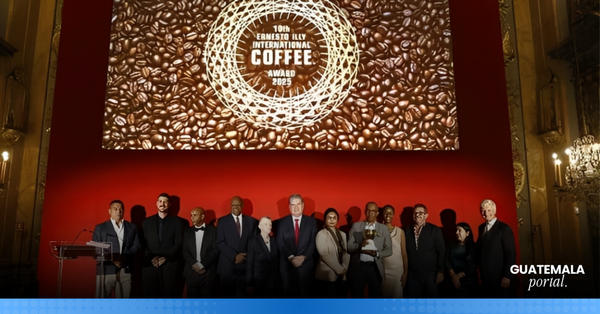Jade in Guatemala: From Ancient Gem to Modern Art and Tourism
Jade was one of the most valued stones among the Maya and other pre-Columbian civilizations. Today, the tradition of jade carving remains alive, giving rise to an industry that blends history, art, and tourism.
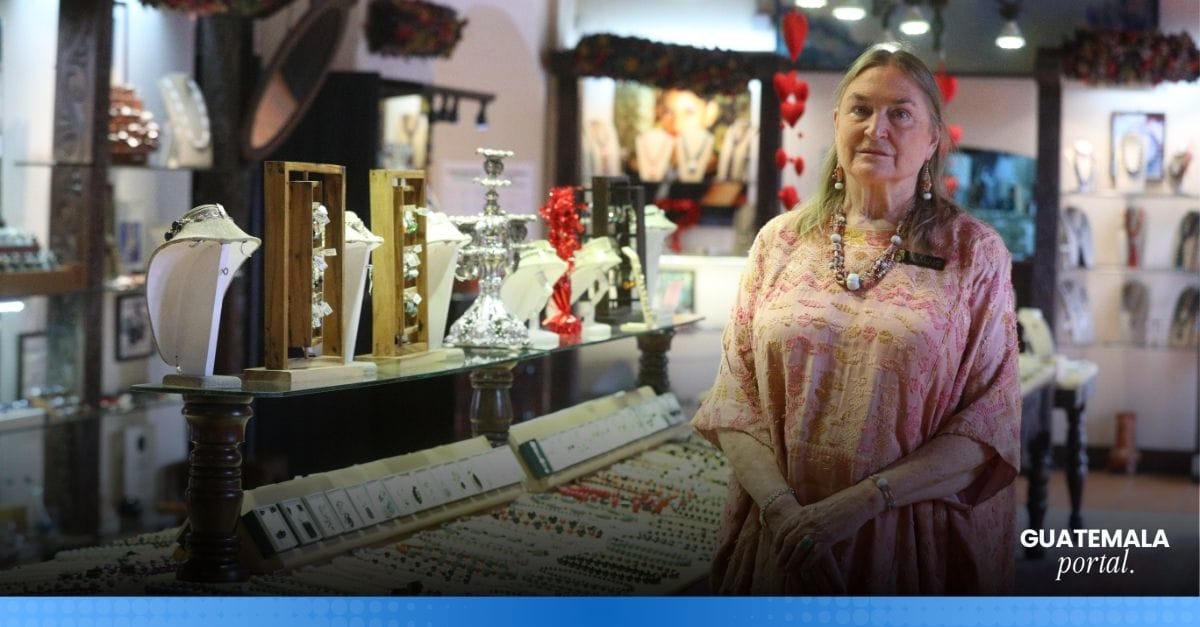
Jade was one of the most valued stones among the Maya and other pre-Columbian civilizations. For centuries, its origins remained a mystery until deposits were rediscovered along the Motagua River valley in Guatemala, bringing renewed attention to this ancient gem. Today, the tradition of jade carving remains alive, giving rise to an industry that blends history, art, and tourism.
The Rediscovery of Jade in Maya Lands
In the 1970s, Mary Lou Ridinger, a young American archaeologist, arrived in Antigua, Guatemala. Although she initially accompanied her future husband, Jay Ridinger, she discovered her first jade deposit in 1974.
"We have to return this history to the people. It’s their history. It’s their jade," Ridinger said, recalling her decision to ensure the stone remained in the region where it had been revered for three thousand years before the Conquest.
Together with Jay, she founded Jade Maya, a company that not only exports jade but also employs Maya descendants to carve it into jewelry and sculptures.
Jade Maya: A Company with Cultural Legacy
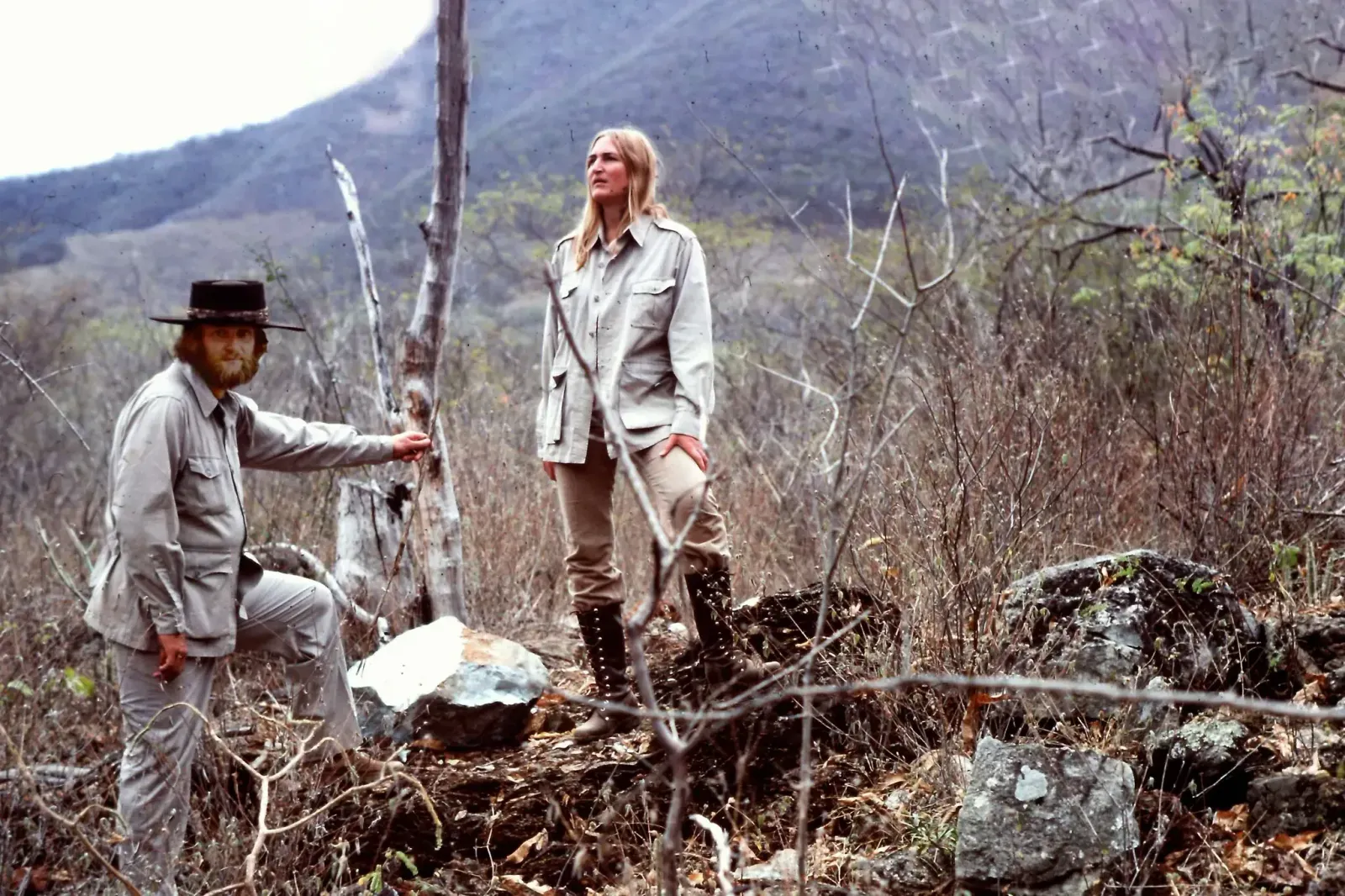
After Jay’s passing in 2009, Mary Lou, now 79, continues to lead the company with the support of Guatemalan general manager Raquel Pérez. Jade Maya operates 11 stores in Guatemala, Mexico, and Belize, all featuring museums or exhibitions highlighting the historical significance of jade.
"It’s important to educate people about jade because it doesn’t make sense for them to buy it if they don’t know anything about it," Ridinger explained. She is also a speaker at international conferences and a critic of destructive mining practices.
In 2023, the company opened Hacienda Santiago, an inn northeast of Antigua where visitors can see jade in its natural state and learn about its history.
Guatemalan Jade on the World Stage
There are two types of jade: nephrite and jadeite. Guatemala is a source of jadeite, considered the hardest, rarest, and most valuable type. Although Myanmar is the world’s main producer, the Gemological Institute of America (GIA) recognized Guatemala as a significant producer in 2024. Guatemalan jade stands out for its color variety: green, metallic black, bluish-green, and the distinctive lilac shade.
According to jewelry artist Helen Serras-Herman, its appeal lies in the story behind it: "It needs a bit more history to explain what it is and its value."
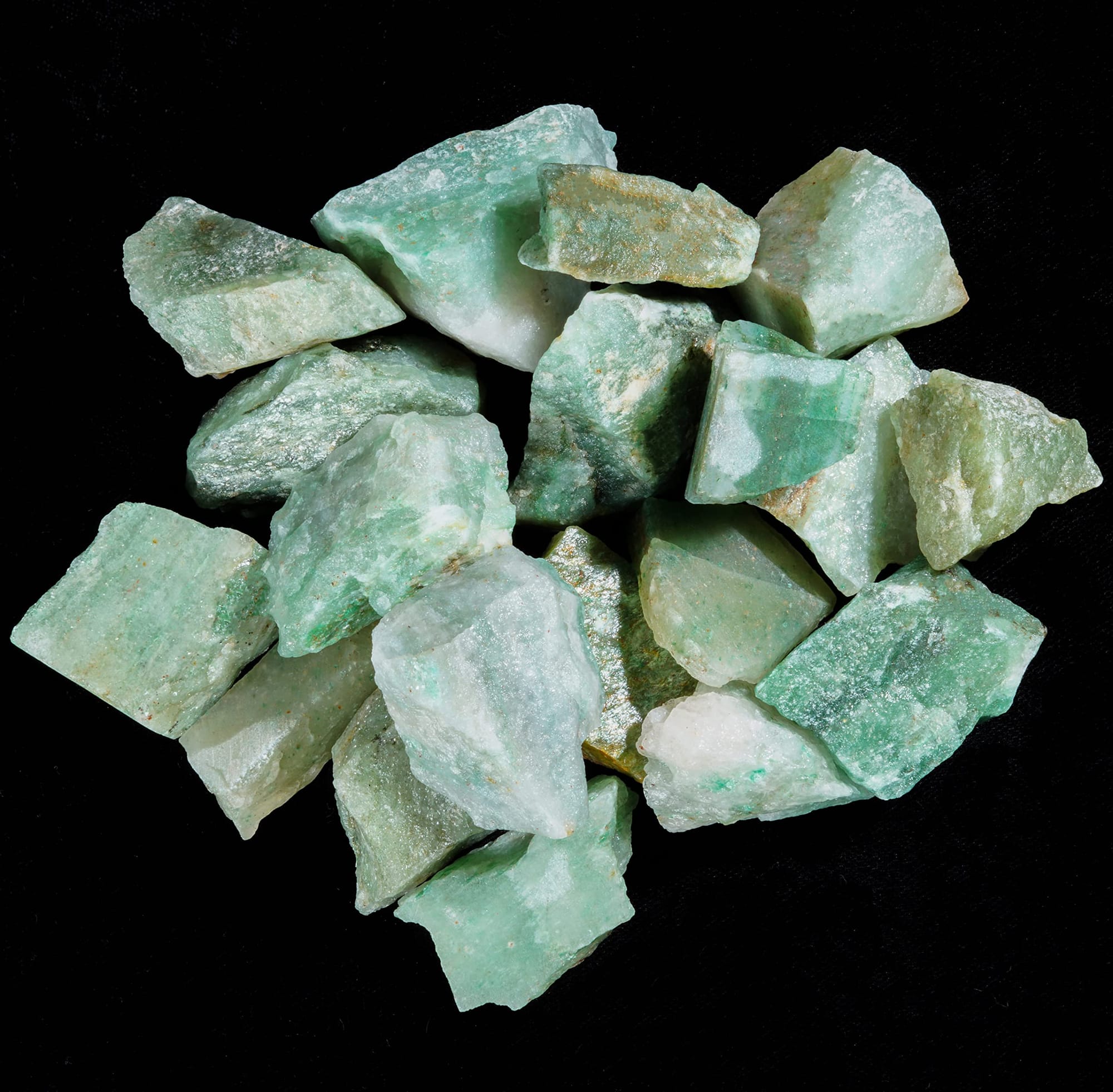
A Tradition That Bridges Past and Present
Jade was used by seven pre-Columbian cultures and even served as currency alongside cacao.
Mary Lou Ridinger compares: "A cacao bean would be like a one-dollar bill, and a jade bead like a hundred-dollar bill."
After the Spanish conquest, knowledge of jade was lost, as it was deemed idolatrous. It wasn’t until 1954 that geologist William F. Foshag identified the Motagua Valley as the source of ancient jade, inspiring the Ridingers in their quest.
Challenges and Protection of Jade in Guatemala
Although Jade Maya practices sustainable surface collection, much of Guatemala’s jade is extracted illegally, even in protected areas. Mary Lou Ridinger warns that criminal organizations have become involved in the trade, especially for green jade highly prized in Asia.
"The government doesn’t have the personnel to pursue them," said Alfredo Gálvez Sinibaldi, former Vice Minister of the Ministry of Energy and Mines, recognizing Ridinger as a pioneer in restoring value to this ancestral stone.
The Art of Jade Carving
Antigua has become the jade capital of Guatemala. Beyond Jade Maya, more than 100 workshops work with the stone. In October, the World Congress of Jade Carving Artists in Guatemala will showcase works from artists around the world, all crafted from local jade.
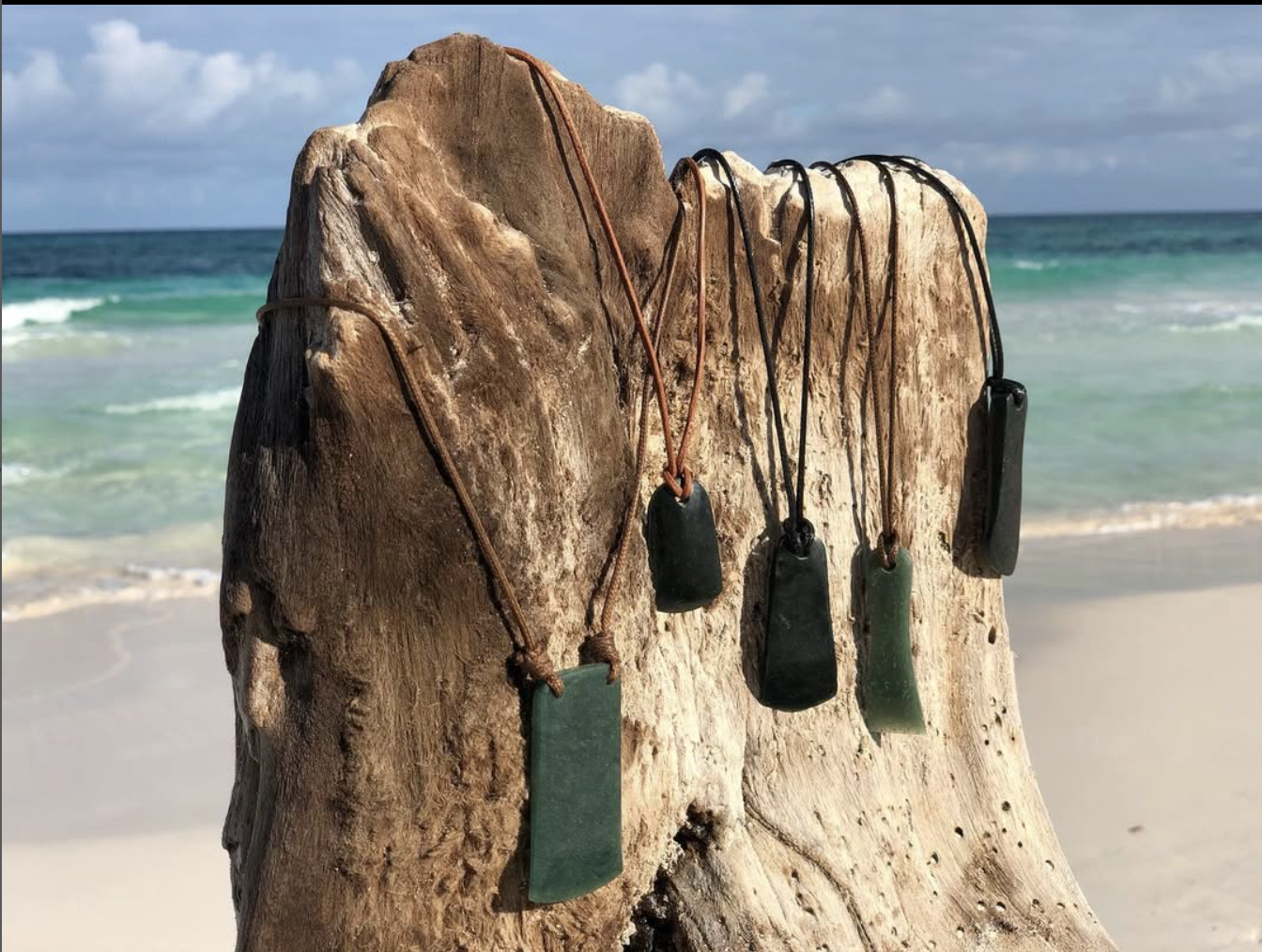
For Mexican sculptor Noé Sánchez Zebadúa, working with jade goes beyond design:
"You have to work it with respect. Sometimes it’s beautiful to just go with the flow of the material."
A Stone with History and Future
Today, Guatemalan jade is not only a reminder of ancient civilizations but also an economic, cultural, and tourism driver. From Antigua, Jade Maya and other workshops continue to honor the tradition while addressing sustainability and protection challenges.
"If there’s any way to protect jade and save it for future generations in Guatemala, I will always do it," concludes Ridinger, reaffirming her commitment to the stone that connects past and present.


